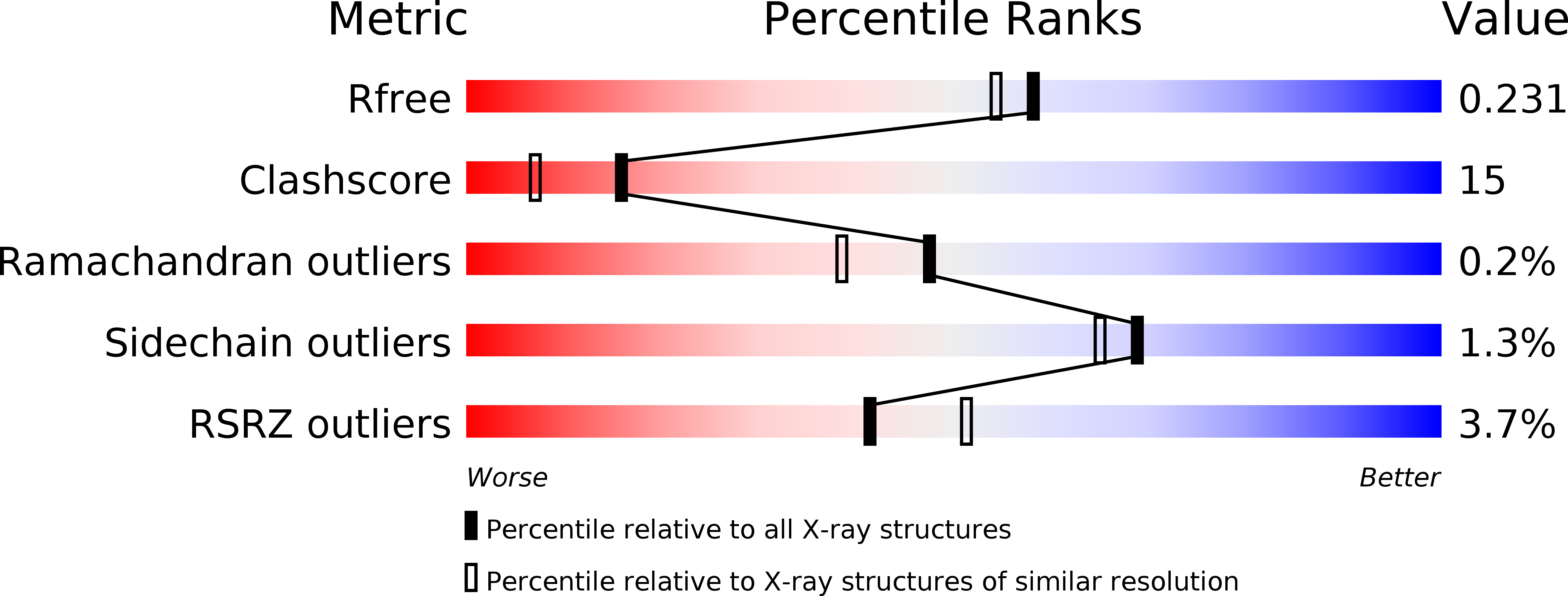
Deposition Date
2006-03-07
Release Date
2006-04-04
Last Version Date
2023-10-25
Method Details:
Experimental Method:
Resolution:
1.96 Å
R-Value Free:
0.23
R-Value Work:
0.18
R-Value Observed:
0.18
Space Group:
P 1


